
This is a sample of Stable Diffusion’s Generative AI
Stark Differences between Advances in American Generative AI Compared to Chinese Versions
As generative AI takes the world by storm towards the end of 2022, let’s take a look at how this explosive technology is shaking out in China. The competition between the U.S. and China drives so much of our technology news. Whether it’s computer chips or stolen intellectual property the friction between the two most dominant nations seems nonstop.
Now comes a story from techcrunch.com that points out other issues China has with generative AI. Some of them are just like the issues the U.S. has.
And the article shares some of the tools that are being used in China that aren’t quite up to snuff when compared to what the U.S. has made available.
Chinese Nuances
Thanks to viral art creation platforms like Stable Diffusion and DALL-E 2, generative AI is suddenly on everyone’s lips. Halfway across the world, Chinese tech giants have also captivated the public with their equivalent products, adding a twist to suit the country’s tastes and political climate.
Baidu, which made its name in search engines and has in recent years been stepping up its game in autonomous driving, operates ERNIE-ViLG, a 10-billion parameter model trained on a data set of 145 million Chinese image-text pairs. How does it fair against its American counterpart? Below are the results from the prompt “kids eating shumai in New York Chinatown” given to Stable Diffusion, versus the same prompt in Chinese (纽约唐人街小孩吃烧卖) for ERNIE-ViLG.
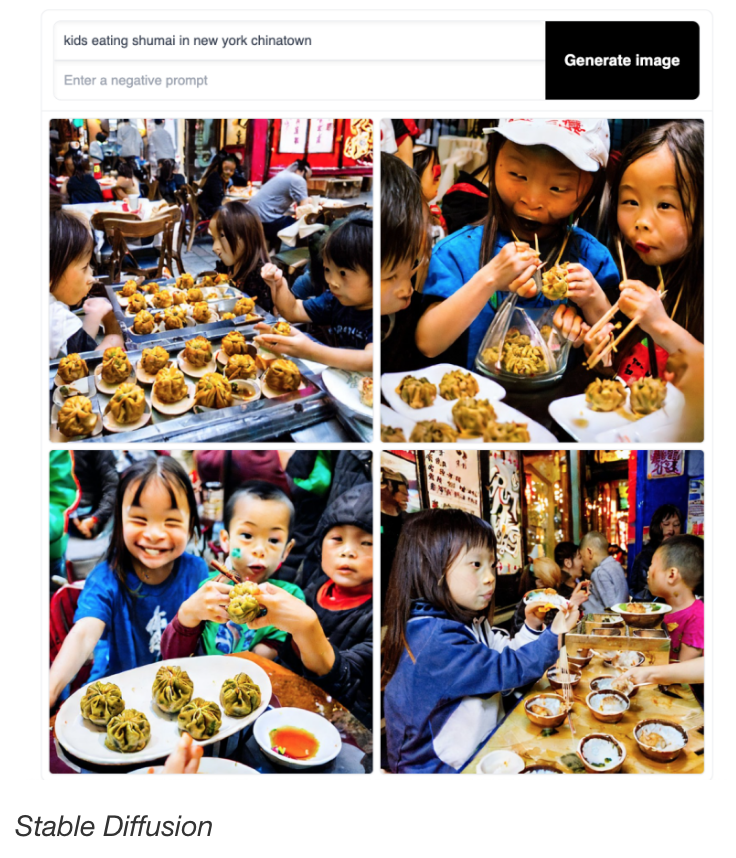
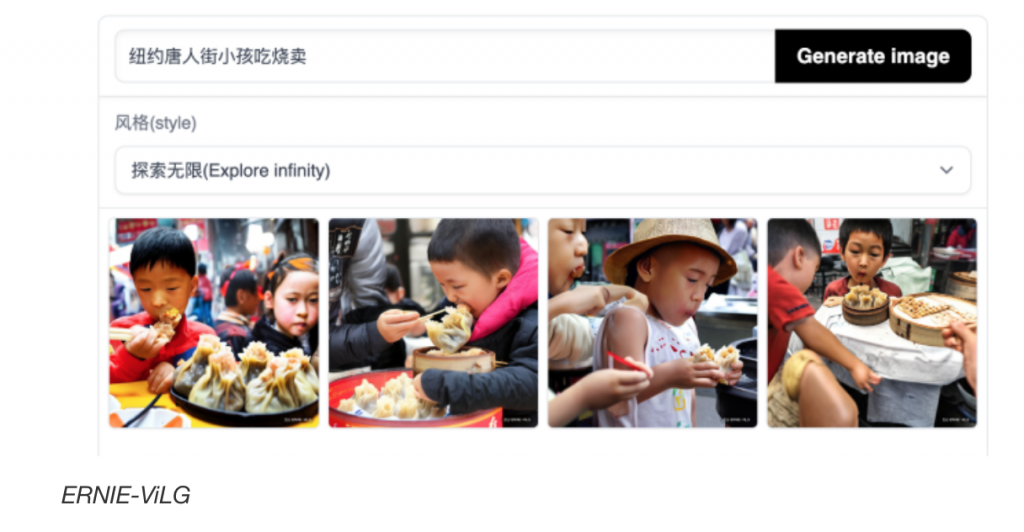
The quick test reflects the difficulty in capturing cultural nuances when the data sets used are inherently biased—assuming Stable Diffusion would have more data on the Chinese diaspora and ERNIE-ViLG probably is trained on a greater variety of shumai images that are rarer outside China.
The author, Rita Liao is someone who grew up eating dim sum in China and Chinatowns. She said:
“I’d say the results are a tie. Neither got the right shumai, which, in the dim sum context, is a type of succulent, shrimp and pork dumpling in a half-open yellow wrapping. While Stable Diffusion nails the atmosphere of a Chinatown dim sum eatery, its shumai is off (but I see where the machine is going). And while ERNIE-ViLG does generate a type of shumai, it’s a variety more commonly seen in eastern China rather than the Cantonese version.”
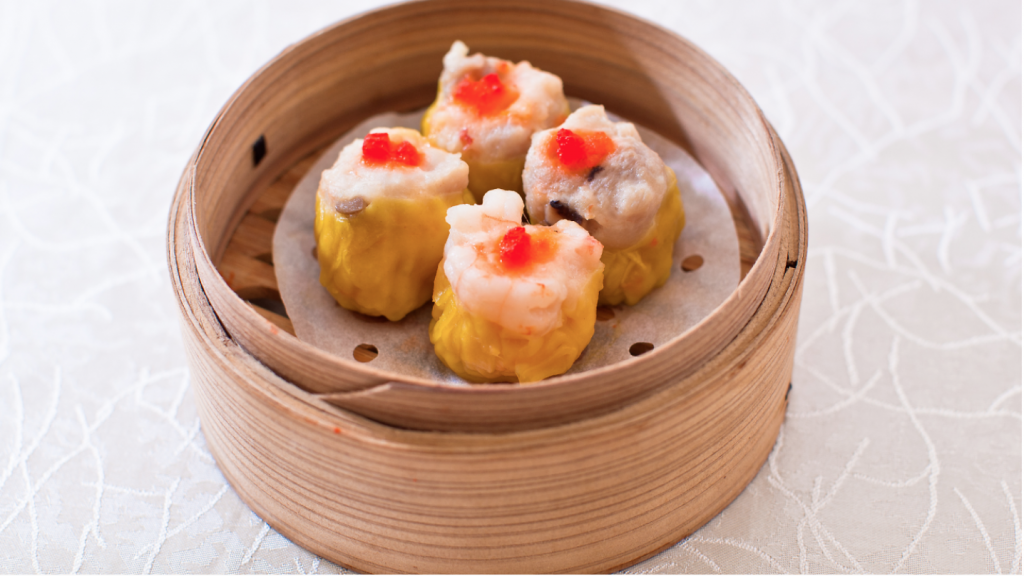
Real Shumai dumplings, as opposed to the poor renderings done by AI image generators in China. (Source: Time Out Hong Kong)
The quick test reflects the difficulty in capturing cultural nuances when the data sets used are inherently biased — assuming Stable Diffusion would have more data on the Chinese diaspora and ERNIE-ViLG probably is trained on a greater variety of shumai images that are rarer outside China.
The article goes on to reveal some of the guidelines and laws that the Chines government is instituting regarding generative AI
.China’s generative AI tools aren’t just characterized by the domestic data they learn from; they are also shaped by local laws. As MIT Technology Review pointed out, Baidu’s text-to-image model filters out politically sensitive keywords. That’s expected, given censorship has long been a universal practice on the Chinese internet.
But overall, the article shows how far ahead the US is with this particular use of AI compared to China’s versions of the same product.
read more at techcrunch.com


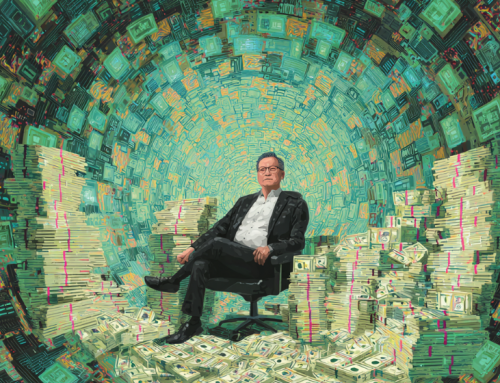


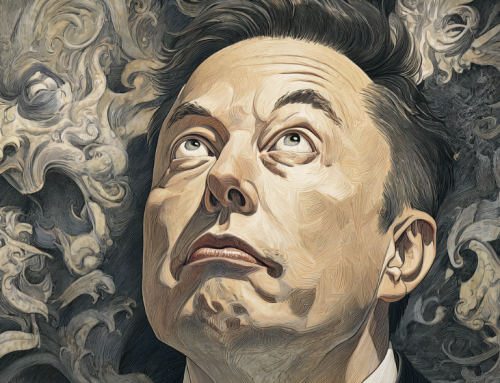

Leave A Comment